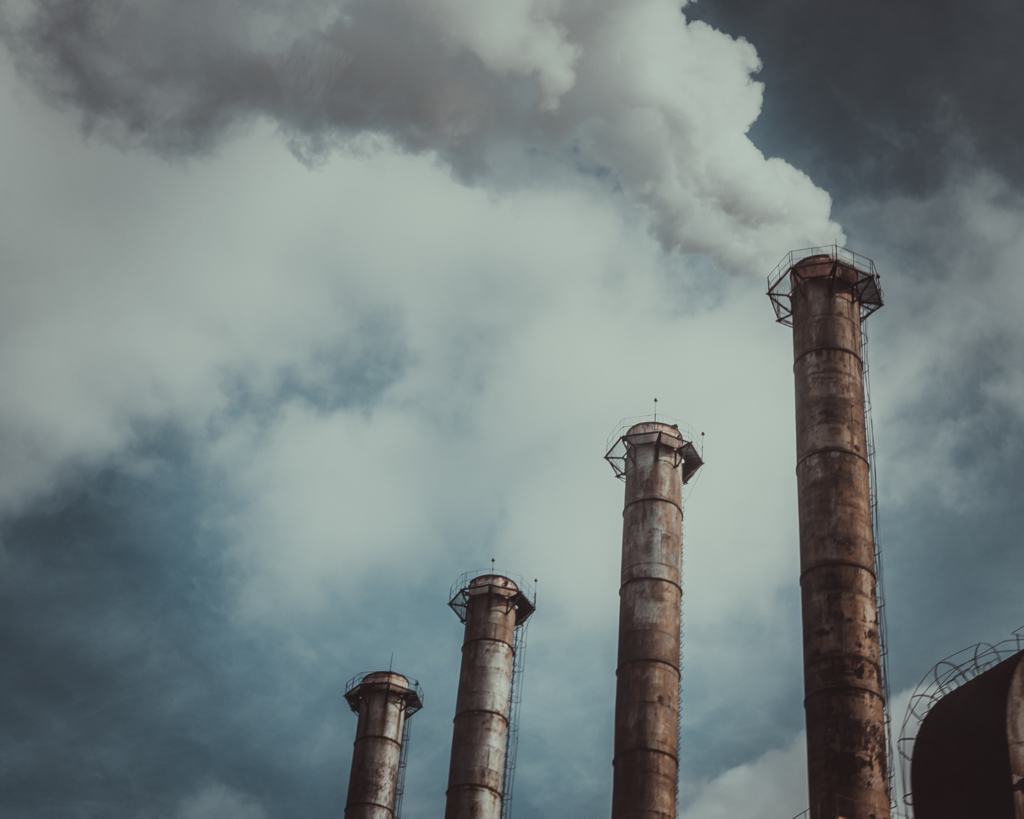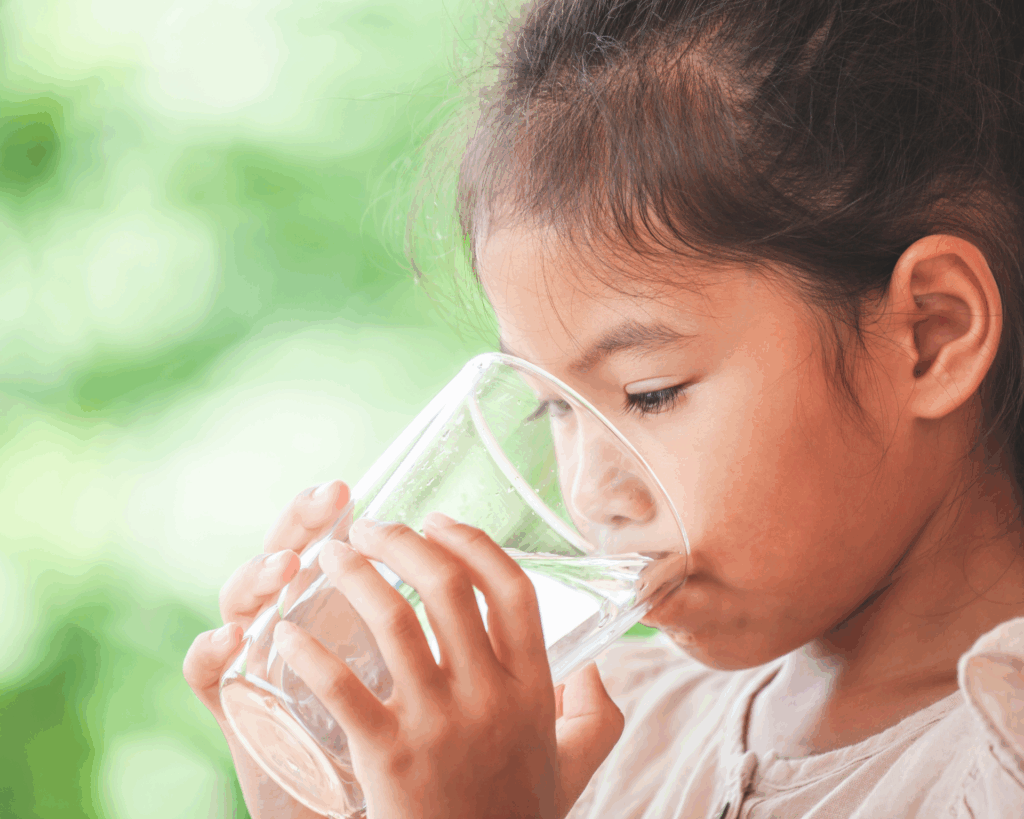Recent Hurricanes Highlight Toxic Chemical Releases
Hazardous waste is often disproportionately located in low-income and minority neighborhoods, making them vulnerable to chemical releases caused by severe weather events.

Read Time: 5 minutes
Published:
Last year was the most destructive hurricane season in recent years, bringing devastation and heartache to people living in parts of the Caribbean and United States. Hurricanes Harvey, Irma, and Maria had the greatest impact on life and property, with a likely underestimated death toll of 438 people by December 31. Infrastructure damage was more costly and disruptive than ever recorded as an indirect or ‘knock-on effect‘ of climate change. During Hurricanes Harvey and Maria, knock-on effects released toxic chemicals from industrial facilities into the air and water (Figure 1).

About a month after Hurricane Maria, community members in Puerto Rico reached out to us, wondering if water from a well near a Superfund Site on the island was safe to drink. As we addressed this question, we explored other, similar events that occurred in the 2017 hurricane season, including Hurricane Harvey. Evidence suggests that, because hazardous waste facilities are more likely to be located near low-income and nonwhite neighborhoods, the hurricanes’ chemical knock-on effects will disparately affect these communities.
Hurricane Harvey made landfall between August 17 and 30, inflicting wind and flooding on the people living in Houston, Texas. Seventeen of the 41 Superfund sites surrounding Houston were flooded. These Superfund sites contain lead, uranium, tars and sludges, and semi-volatile organic compounds that are now at risk of leaking into the ground water. In addition, gasoline, crude oils, petrochemicals, diesel, and drilling wastewater were spilled from the flooding.
The Arkema chemical manufacturing plant in Houston was flooded from the relentless rainfall of Hurricane Harvey. As a result, organic peroxide chemicals stored in trailers on the plant’s grounds exploded and were released into the air. Several law suits have been filed against Arkema since then, including a criminal investigation that Arkema’s lack of preparation for extreme weather events violated the Texas Clean Air Act and threatened public health.
After Hurricane Harvey, one in six people surveyed in the Houston area reported that someone in their household had become sick since the hurricane. Sixty-six percent of people of color reported that they were not receiving the recovery help they needed. Minority and low-income communities in the Houston area are less likely than white people to have health insurance and these communities have reported confusion about where to receive care. The percent of households reporting less than $25,000 annually, compared to the location of Superfund sites near Harvey’s path, highlight the relationship between income and proximity to hazardous waste sites (Figure 2).

On September 20, almost a month after Harvey, Hurricane Maria hit Puerto Rico as a Category 4 storm. The hurricane caused massive damage to the power grid, roads, and communication infrastructure, leaving the island dark, flooded, and without basic necessities. Three weeks later, 35% of the Island’s residents remained without safe drinking water. Water scarcity led residents and the Puerto Rico Water Utility Authorities to rely on water from untested sources, including a well at the El Dorado Superfund Site known to be contaminated by carcinogenic and neurotoxic chemicals. With 23 Superfund Sites, Puerto Rican’s reliance on emergency water sources near Superfund Sites leaves communities potentially vulnerable to exposure to toxic chemicals and susceptible to further health problems. Elsewhere on the island, the Battery Recycling Company Superfund Site in Arecibo remained flooded a week after the hurricane, leaving locals to believe that the floodwater was contaminated.
Prior to Hurricane Maria, poverty in Puerto Rico was three times greater than the U.S. national rate, at 46.1%, and the island had a median annual household income of $18,000. As above, Figure 3 shows the proximity of areas where most households earn less than $25,000 annually to Superfund Sites and the path of the hurricane. As Puerto Rico is predicted to fall $877 million short in Medicaid funding by April 2018, 49% of the island’s total population is in dire need of health care coverage in the aftermath of Hurricane Maria.

As the severity of natural disasters increases due to climate change, knock-on effects will leave minority and low-income communities more vulnerable to toxic chemical exposures. Action needs to be taken to address the inequity of impact. Existing zoning and permitting practices often lead to hazardous waste being disproportionately located in low-income and minority neighborhoods. This must change. Superfund Sites, landfills, and chemical facilities must be required to have suitable engineering controls that prevent chemical releases during and after severe weather events. Policies, such as the Emergency Planning and Community Right to Know Act that requires local, state, and federal governments to plan for chemical emergencies must be properly implemented and enforced so that owners of chemical facilities, or the government in the case of Superfund Sites, are held accountable for the chemicals and, by extension, the safety of local communities. Finally, low-income and otherwise vulnerable communities must receive proper and equitable resources in comparison to their white and affluent counterparts, including health care coverage and FEMA after natural disasters.
This article is written with oversight by Clinical Professor Wendy Heiger-Bernays, Department of Environmental Health, Boston University School of Public Health and Research Translation Core leader of the Boston University Superfund Research Program funded by NIEHS 5P42ES007381.
Feature image: John Chandler, Epic flood thanks to Harvey, used under CC BY-NC-SA 2.0. Infographic: Moira Bixby. Figures 2 and 3: Paige Brochu.




